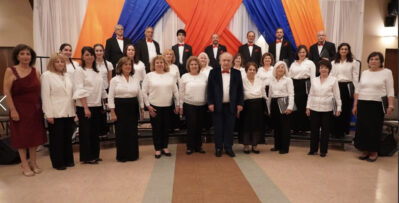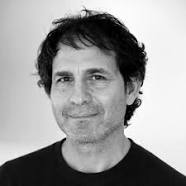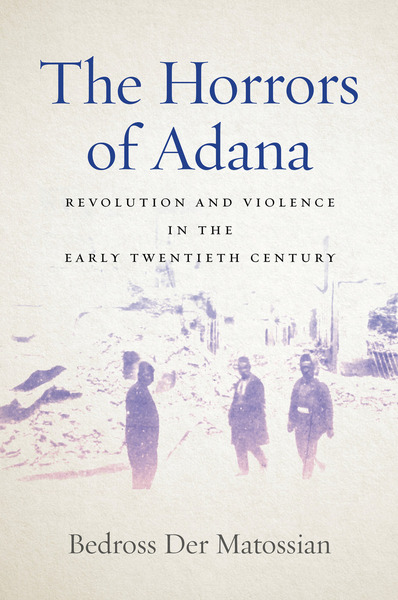By Aris Janigian
When it comes to crimes against humanity, we must admit, geo-politics and the great games between empires and their proxies determine who will be rescued, who will be prosecuted, who will get to properly bury their dead, whose memory will be safeguarded and whose will be left to forget. This “selective” memorialization is incontrovertible, the Armenian case perhaps being the chief example. Starting in the late 1890s, Ottomans set in motion a series of massacres, culminating in the 1915 genocide that shocked the world. Within decades, the world drifted into either indifference or denial. A bulwark against communism, Turkey was too precious an asset to upset. In the US, one presidential contender after another promised to recognize the genocide. Once they had secured Armenians’ votes and were safely in office, each drifted into muteness or euphemisms to protect America’s relationship to Turkey. Yet last year, on April 24, President Biden finally uttered the purported calamity-causing phrase — The Armenian Genocide — and Turkey and NATO went about its business as usual.
All the while, historians like Bedross Der Matossian, Associate Professor of Modern Middle East History in the Department of History at the University of Nebraska-Lincoln, have been patiently doing their work. The Adana Massacres of 1909, nearly unknown outside of Armenians circles, has been the subject of scant English language research. With The Horrors of Adana: Revolution and Violence in the Early Twentieth Century, Der Matossian, has given us an extraordinary account of this extraordinary period of paranoia, tribalism, and violence. This book, a kind of harrowing sequel to his earlier Shattered Dreams of Revolution: From Liberty to Violence in the Late Ottoman Empire, deepens our understanding of the darkest 25 years — 1896 to 1921 — in Armenia’s 2,500-year-old history.
Der Matossian also gives us a master study in massacres: the way that history is twisted, how the future is painted as dangerous and uncertain; how central governments turn a blind eye, allowing facts on the ground to be darkly narrated. He shows how all this and more allows a vortex of hate to gather and generate the unthinkable. It was with all this in mind that I came to this interview, conducted with Der Matossian via email over a period of three days.
ARIS JANIGIAN: I want to congratulate you on writing such a well-researched, even-toned, and, most of all, for a non-historian like myself, highly readable book. Your research is rich, involving 15 archives and primary sources in 12 languages, yet, for all that scholarship, your narrative often reads like a “thriller”: the way you set the stage and let the events unfold, step by cataclysmic step. But perhaps the comparison is offensive, because, of course, what unfolds on the pages is true, so vulgar, brutal, inhuman that I found myself having to put the book down periodically to catch a breath. What was it like, as an Armenian, to revisit this wrenching period in our people’s history, over what must’ve been several years. Did it make the historian in you pause on occasion to grieve?










